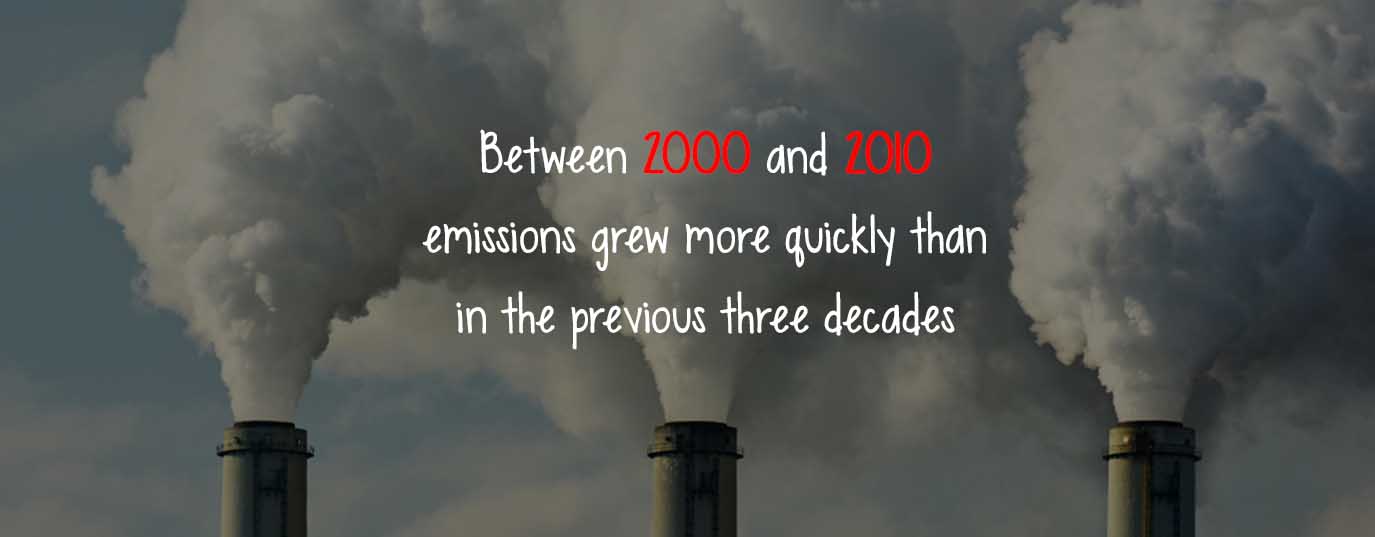SBTi: science for reducing emissions
The SBTi initiative has the objective of setting ambitious strategies against climate change based on the science for reducing greenhouse gas emissions
The transition toward a low-carbon economy is fundamental if we are to halt the effects of climate change. This de-carbonization requires immediate commitments from countries and companies to reduce greenhouse gas (GHG) emissions, in order to comply with what 195 countries signed up to at the Paris Climate Summit: limiting the increase in the Earth’s temperature to less than 2°C with respect to the pre-industrial era.
Some companies are already setting themselves goals to reduce GHG emissions, voluntarily and according to national climate plans, but not all commitments are enough. Reductions need to be based on the objectives set following the signing of the Paris Agreement and on scientific forecasts that indicate the need for more ambitious goals to restrict emissions and guarantee staying within the 2°C limit.
This has led to the Science Based Targets initiative (SBTi), founded by the CDP, United Nations Global Compact, World Resources Institute (WRI), WWF and We Mean Business, to help companies set ambitious climate goals based on the science for reducing greenhouse gas emissions and limiting global warming to below 2°C, and take advantage of the opportunities thrown up by the transition to a low-carbon economy.
The main aim of this initiative is to make the fixing of, and compliance with, SBT a standard business practice by 2020, so they can play a decisive role in the reduction of GHGs planet-wide.
Companies adhere to the initiative to fight against climate change by submitting their proposed objective to a validation process that ensures they are aligned to the national commitments established by the Paris Agreement and requirements and forecasts detailed by the IPCC in its Fifth Assessment Report.
Why are SBT important?
Companies will substantially improve their activities if they get used to including SBT in their business practices and performance reports, since they will help:
- Increase innovation: SBT drive change in new technologies and operational practices, handing a competitive advantage to companies leading the change.
- Minimize regulatory uncertainty: bringing forward decisions that will have to be taken in the future anyway, helping companies prepare better for regulations to be introduced. Companies leading the change will thus be better placed to influence legislation positively in the sector in which they operate.
- Boost confidence and credibility: companies positioning themselves as tackling climate change will appear stronger in the eyes of investors, customers, the market and the general public.
- Increase earnings and competitiveness: setting SBT today will make a company more efficient and better prepared to face a future in which resources, especially fossil fuels, will be increasingly inaccessible. Adapting a business line based on science today, might mean a difference between surplus or deficit tomorrow.
Emission reduction targets based on science are, therefore, the great ally of companies in helping them make the full transition toward a low-carbon economy and will ensure success for them, the planet and society as a whole.
Sources: Science Based Targets and Ciencias Ambientales.







